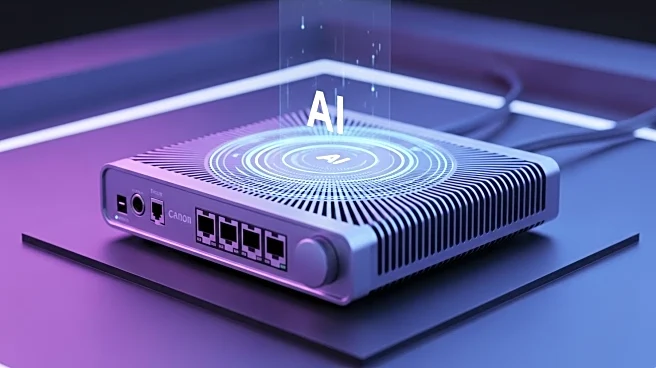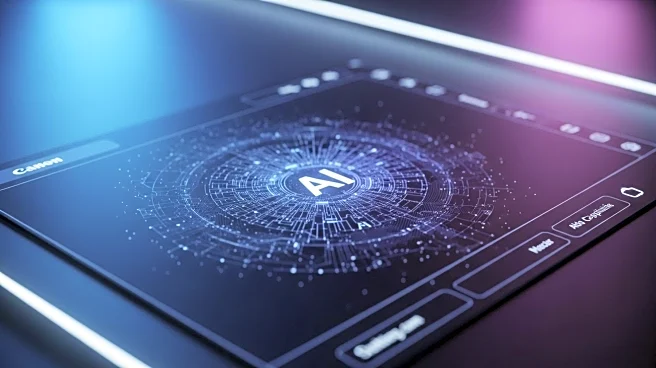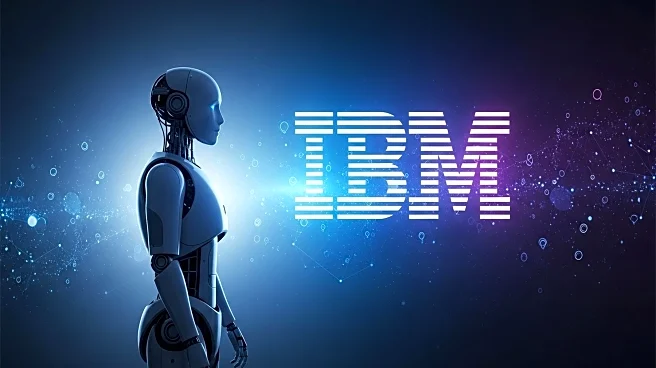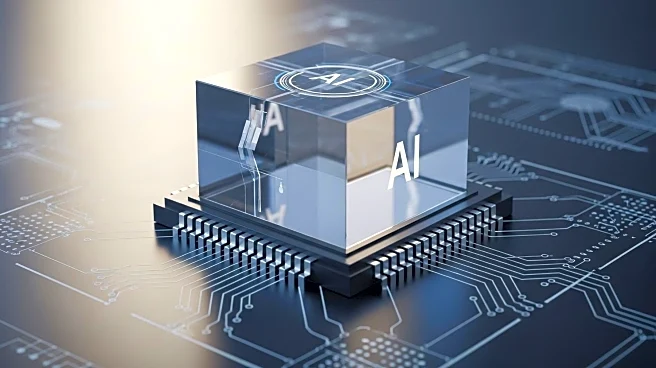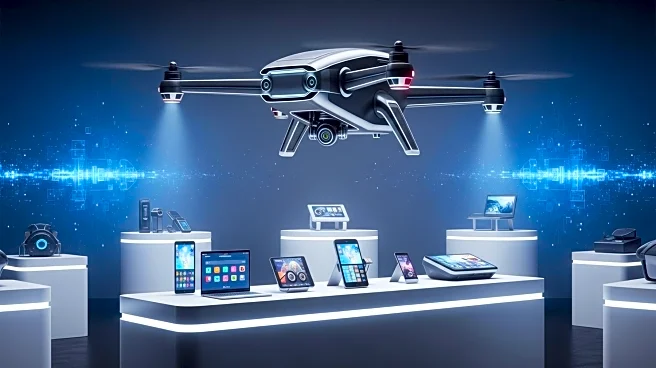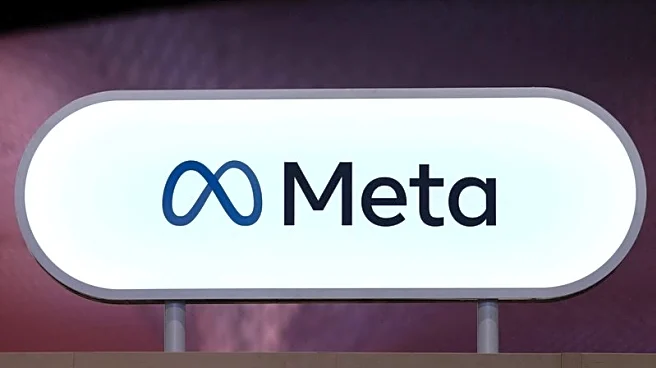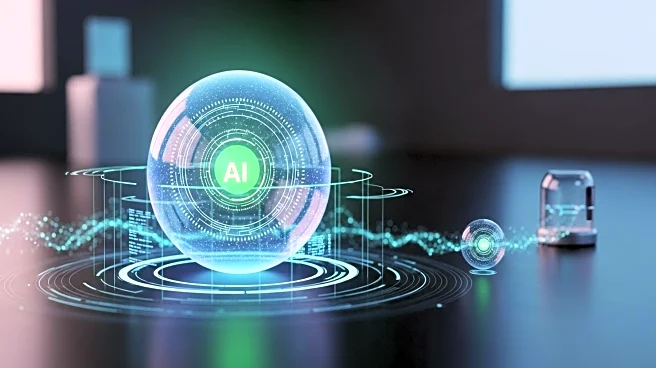What is the story about?
What's Happening?
AT&T is leveraging advanced ray tracing technology, commonly used in video games, to improve its cellular network coverage. The company's Geo Modeler system uses ray tracing and AI to create detailed 3D models of areas covered by its network, allowing for rapid adjustments to service interruptions and better predictions for network configurations during large events or natural disasters. This technology enables AT&T to optimize network traffic in real-time, ensuring seamless connectivity for users even during peak times or adverse conditions. The system can automatically adjust antenna angles or compensate for offline towers, maintaining service quality without noticeable disruptions to customers.
Why It's Important?
The implementation of ray tracing technology in cellular networks represents a significant advancement in network management and optimization. By using this technology, AT&T can enhance its ability to maintain service quality during high-demand periods and in the face of environmental challenges. This approach not only improves customer experience but also positions AT&T as a leader in innovative network solutions. The ability to predict and adapt to network changes in real-time can lead to more efficient resource allocation and potentially lower operational costs, benefiting both the company and its customers.
What's Next?
AT&T plans to continue expanding the use of its Geo Modeler system, potentially applying it to more areas and scenarios. As the technology proves effective, it may lead to broader adoption across the industry, setting new standards for network optimization. The company may also explore further applications of AI and machine learning in network management, enhancing its capabilities to predict and respond to network demands dynamically.
Beyond the Headlines
The use of ray tracing in cellular networks could have broader implications for the telecommunications industry, potentially influencing how other companies approach network management. This technology could lead to new standards in network reliability and efficiency, driving innovation and competition in the sector. Additionally, the integration of AI and machine learning in network operations may pave the way for more autonomous and intelligent network systems in the future.
AI Generated Content
Do you find this article useful?


